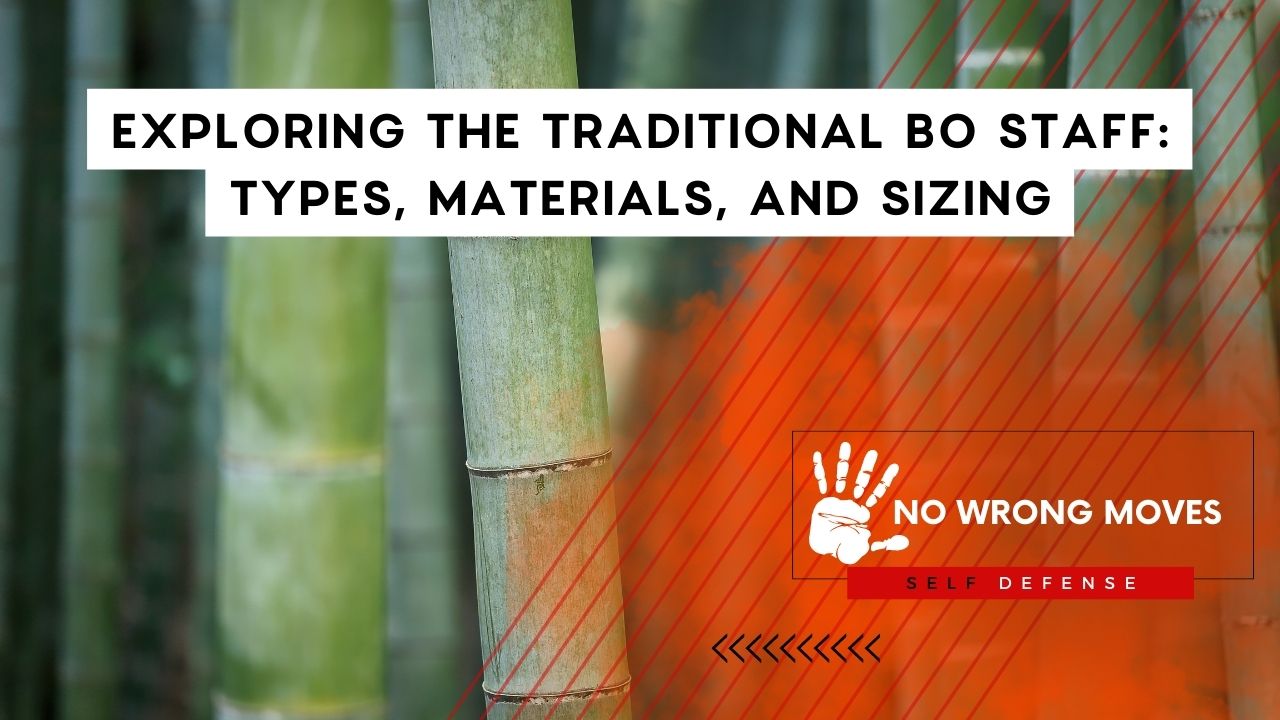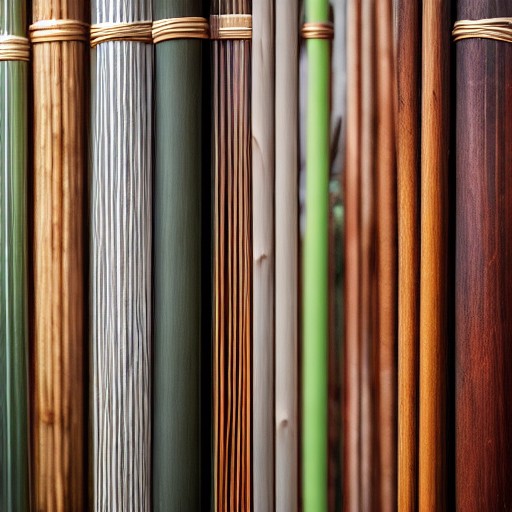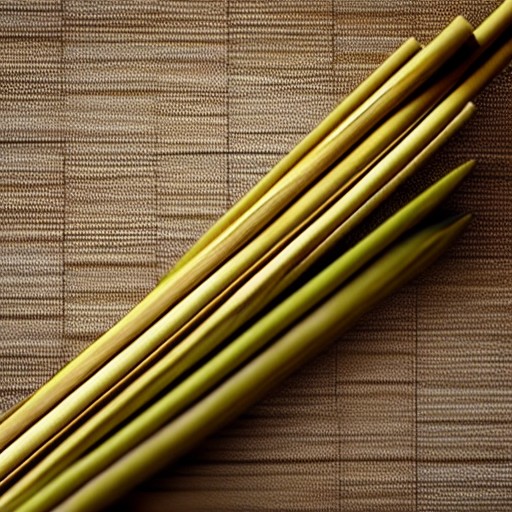
Considering the addition of a classic bo staff to your martial arts repertoire? You've stumbled upon just the right spot! With my extensive background in martial arts and thorough research, I'm here to assist you in finding the ideal weapon for your unique needs.
In this article, we'll delve into everything related to the timeless bo staff - its various types, materials, and sizing. So without further delay let's immerse ourselves in this traditional weapon and uncover all there is to know about it!
Types Of Bo Staffs

The bo staff is a traditional martial arts weapon that has been used for centuries. It is a versatile weapon that can be used for striking, blocking, and even throwing.
There are two main types of bo staffs: the tapered bo staff and the straight bo staff. The tapered bo staff has a smaller diameter at one end, gradually increasing in size towards the other end.
This design allows for faster and more precise movements, making it ideal for competitions and demonstrations. The straight bo staff, on the other hand, has a consistent diameter throughout its length, making it better suited for self-defense and practical use.
Bo staffs can be made from various materials, including wood, bamboo, and graphite. The most traditional material is wood, with oak, hickory, and ash being the most commonly used types.
These woods are durable and provide a good balance between weight and flexibility. Bamboo is a lightweight option that is popular among competition practitioners, while graphite is a modern material that offers excellent strength and durability.
Origins And History Of The Bo Staff
The bo staff is a widely recognized weapon with a rich history dating back to Japan's 13th century. Initially used by samurai warriors to refine their swordsmanship techniques, the bo staff gradually evolved over time to become one of the most popular martial arts weapons around the world.
The staves were initially designed to enhance balance and coordination during sword battles while also serving as a supplement or replacement for a full-length sword in close combat.
With time, they developed into longer rods known as "bo," which were both lightweight and highly accurate. As the use of the bo staff evolved, so did its design, with different styles of training leading to unique and distinctive bo staff models.
Weapon smiths combined traditional woodworking techniques with elements of ancient weaponry such as flails or spearheads to create diverse designs for varying purposes and preferences.
Some bo staffs were shortened for swift attacks, while others were lengthened for greater reach.
Today, the bo staff continues to be an essential tool for modern martial artists, serving many different purposes, from exercise aid to competition equipment, all within a single piece of equipment.
Although rooted in tradition with regard to form and technique, practitioners now have a variety of models to choose from, ranging from tournament-approved models for competition sparring matches to custom handcrafted pieces intended for ceremonial use.
Overall, the bo staff represents a unifying point between past and present martial arts practices, and its rich history continues to inspire and captivate practitioners today.
Your Bo Staff: Its Dimensions
Choosing the right size for your bo staff is crucial to its effectiveness and your safety. A general rule of thumb is to select a bo staff that is approximately the same height as you. Stand with your feet shoulder-width apart and hold the bo staff vertically against the ground.
The top of the bo staff should be level with your chin or forehead, depending on your preference. However, the length of your arms and your individual fighting style can also affect the size you choose.
The diameter of your bo staff is also an important factor to consider.
A thinner staff will be lighter and easier to maneuver, making it ideal for competitions and demonstrations. A thicker staff, on the other hand, will provide more weight and power, making it better suited for practical use and self-defense.
Finally, the grip on your bo staff is also important. Some staffs come with a smooth surface, while others have ridges or grooves for better grip. Consider your personal preferences and fighting style when choosing a grip.
The Wrap-Up

In conclusion, the bo staff is a versatile and effective weapon that requires careful consideration when selecting the right type, material, and size.
Whether you are a traditional martial artist or a modern-day competitor, understanding the different options available will allow you to choose a bo staff that best suits your needs and preferences.
[author-box-jpx-fitness]

